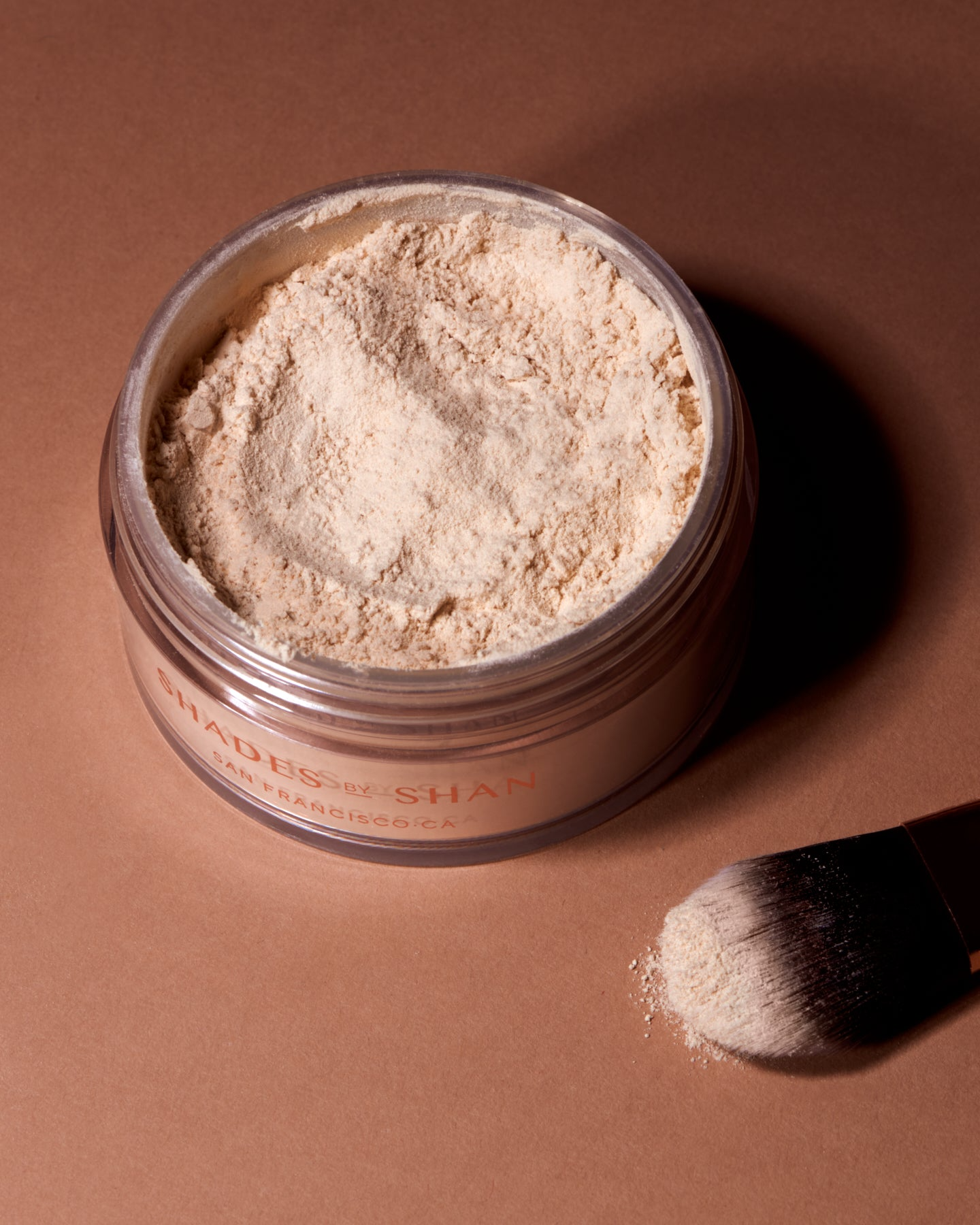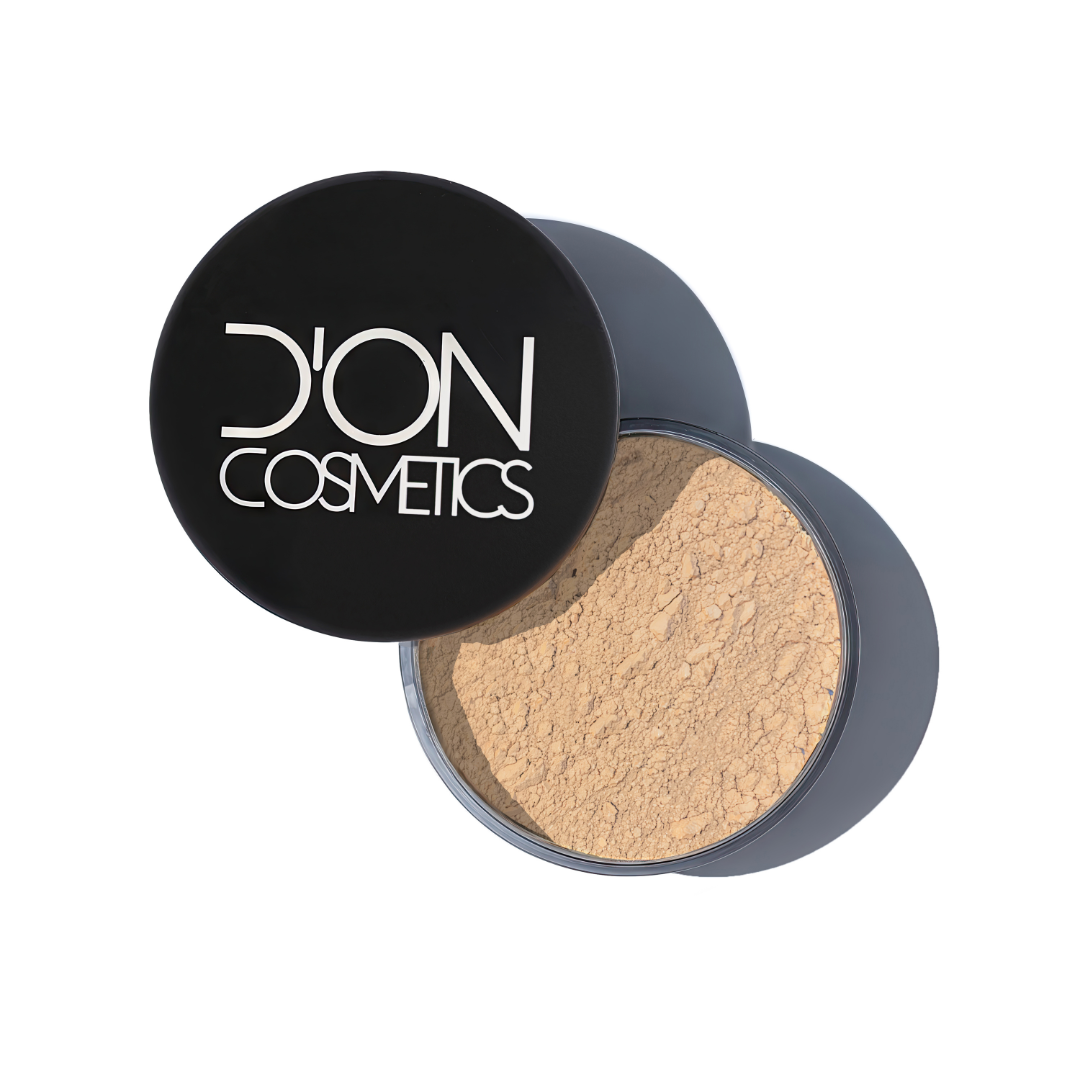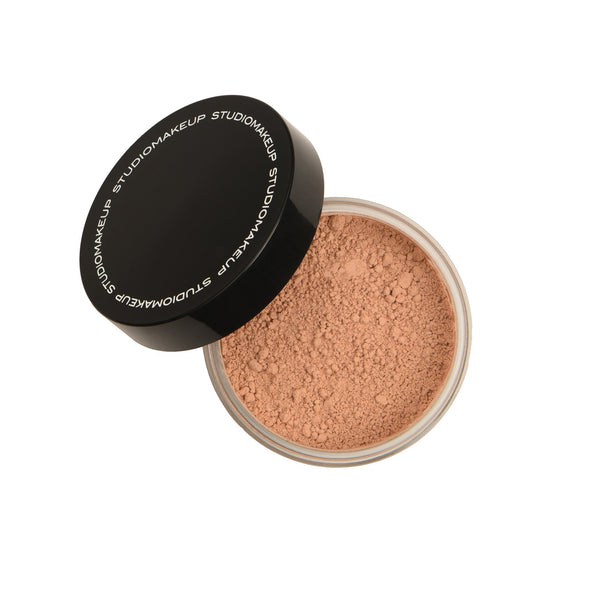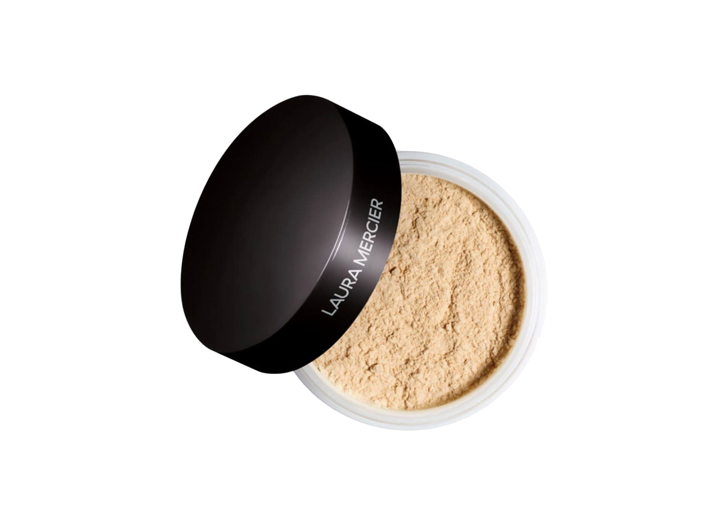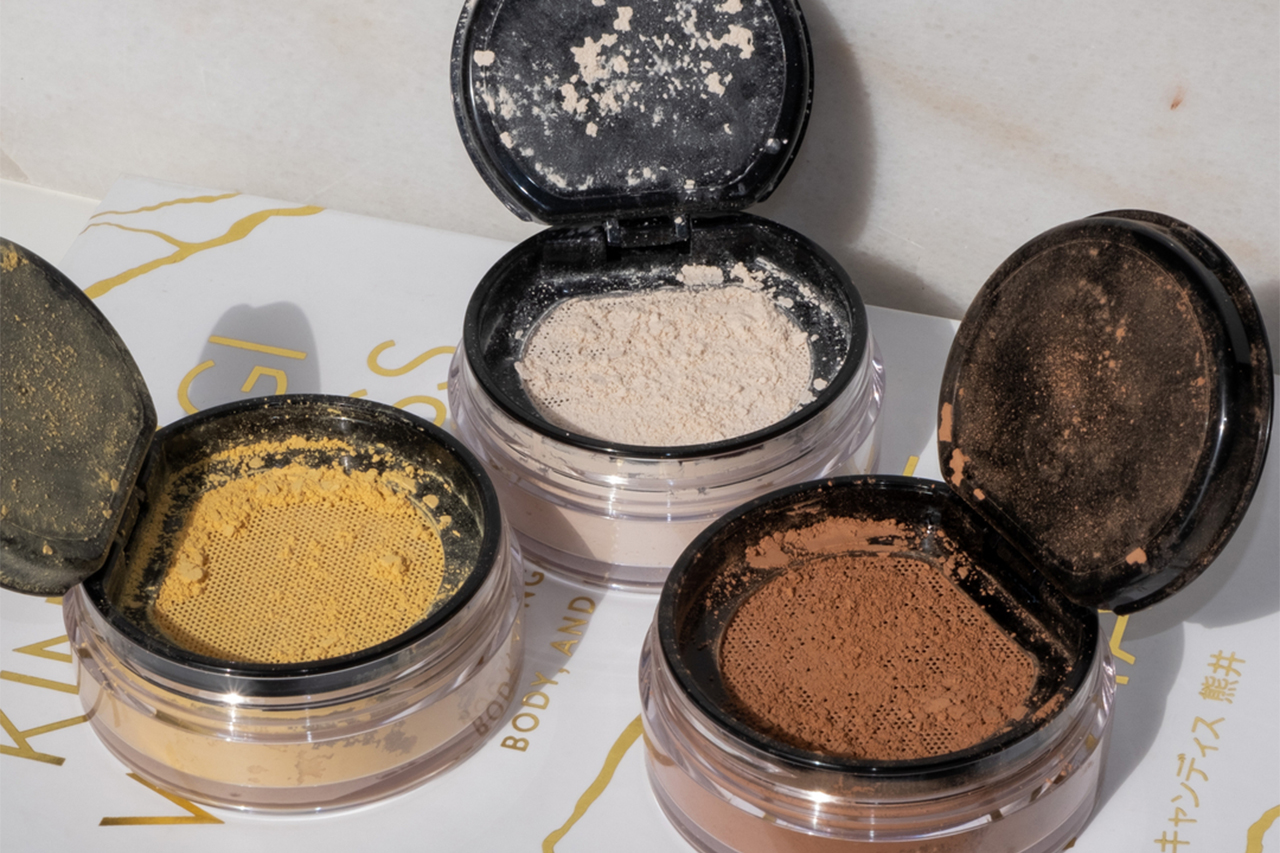Introduction
In the realm of makeup, powders play a vital role in refining and perfecting your look. Among the various types available, two stand out as essential tools for achieving a flawless finish: loose powder and setting powder. While often used interchangeably, these powders have distinct characteristics and purposes. This article aims to clarify the differences between loose powder and setting powder, helping you make informed choices for your beauty routine.
What is Loose Powder?
Definition and Characteristics
Loose powder is a finely milled, dry cosmetic product that comes in a loose, unpressed form. It typically consists of talc, silica, or other mineral-based ingredients, and may also include colorants, skincare additives, and oil-absorbing agents. The primary function of loose powder is to provide sheer to medium coverage, set foundation, and help control shine.
Types of Loose Powder
There are three main types of loose powder:
- Translucent: Ideal for all skin tones, translucent loose powder is virtually colorless, designed to blend seamlessly into the skin without altering its natural hue. Its primary purpose is to set makeup, absorb excess oil, and create a soft-focus effect.
- Colored: Available in a range of shades to match or complement your skin tone, colored loose powder offers light to medium coverage. It can be used alone for a natural, matte finish or over foundation to enhance coverage and color correction.
- Baking Powder: A specialized type of loose powder, baking powder (also known as “banana powder” due to its yellowish tint) is popular for its ability to set and brighten under-eye concealer. It is typically applied in a thick layer and left to “bake” for several minutes before being dusted off, resulting in a crease-free, long-lasting finish.
Benefits and Usage
Loose powder offers several benefits:
- Blurs imperfections: The fine particles help blur the appearance of pores, fine lines, and texture, creating a smoother complexion.
- Sets makeup: It locks in foundation and concealer, extending their wear time and preventing smudging or transferring.
- Controls oil: By absorbing excess sebum, loose powder helps prevent midday shine, particularly beneficial for those with oily or combination skin.
- Buildable coverage: Depending on the type and application method, loose powder can provide sheer to medium coverage, allowing for customization based on personal preference.
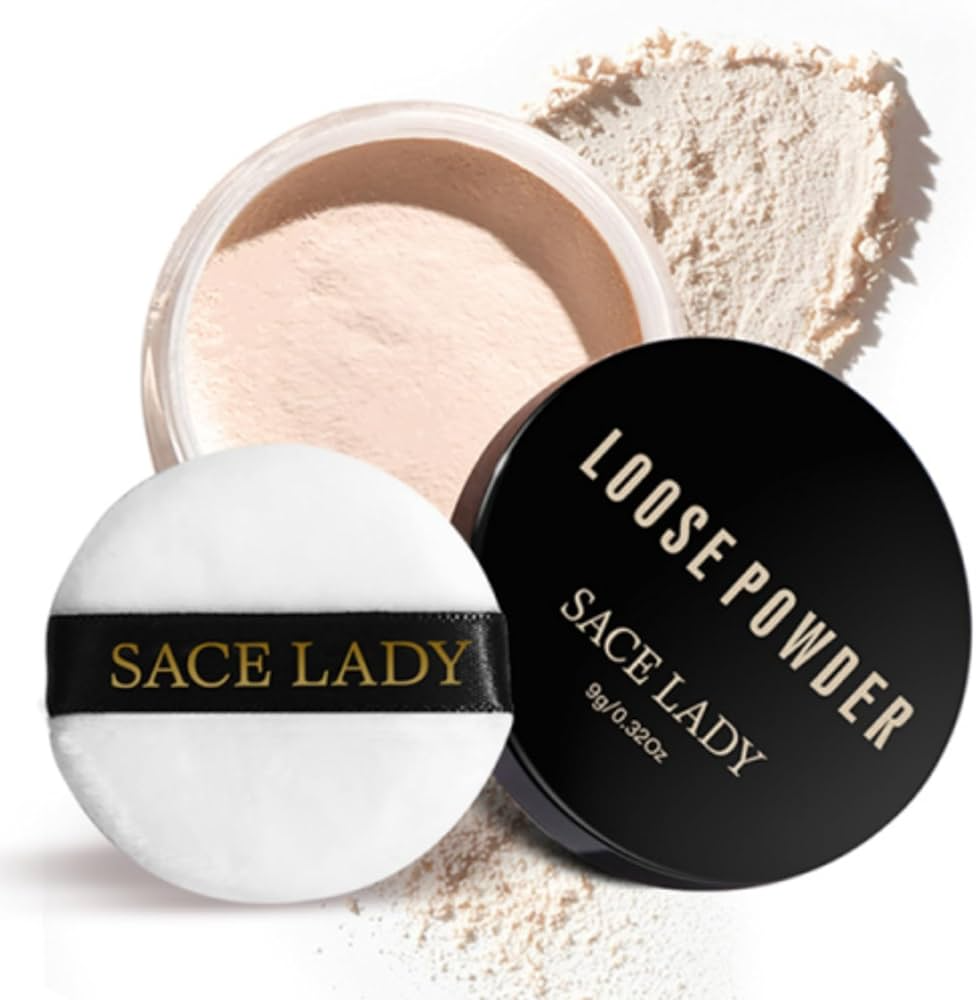
To use loose powder effectively, follow these steps:
- Dispense a small amount: Tap a small amount of loose powder into the lid or a powder puff.
- Pick up the product: Use a fluffy powder brush or a powder puff to pick up the powder.
- Apply lightly: Gently dust the powder over your face, focusing on areas prone to oiliness or where you want added coverage. For baking, apply a generous layer under the eyes and leave it for a few minutes before dusting off the excess.
What is Setting Powder?
Definition and Purpose
Setting powder, as the name implies, is specifically formulated to “set” your makeup in place, prolonging its wear time and enhancing its overall appearance. Although it shares similarities with loose powder in terms of texture and formulation, setting powder is primarily focused on providing a strong hold without adding significant coverage or altering the look of your foundation.
Types of Setting Powder
Like loose powder, setting powder comes in different forms:
- Translucent: Translucent setting powder is colorless or has a very subtle tint, making it suitable for all skin tones. Its primary function is to lock in foundation and concealer without adding any noticeable color.
- Color-Correcting: Some setting powders contain subtle color-correcting pigments, such as green to neutralize redness or lavender to counteract sallowness. These powders subtly enhance the overall appearance of your complexion while setting your makeup.
Benefits and Application
The key advantages of using setting powder include:
- Longevity: Setting powder significantly extends the wear time of your foundation, concealer, and other face products, preventing smudging, fading, or melting throughout the day.
- Matte finish: It helps control oil and shine, giving your makeup a fresh, matte appearance without looking cakey or overdone.
- Smooth, seamless finish: High-quality setting powders blend effortlessly into the skin, creating a unified, airbrushed look without emphasizing pores or fine lines.
To apply setting powder effectively, follow these steps:
- Choose the right tool: Use a large, fluffy powder brush or a velvety powder puff to pick up the product.
- Light-handed application: Gently press or sweep the powder over your face, focusing on areas where you want extra staying power, such as the T-zone, under the eyes, and around the nose.
- Blend thoroughly: After applying the powder, use a clean, fluffy brush to softly blend any edges, ensuring a seamless transition between your skin and the powder.
Comparison: Loose Powder vs. Setting Powder
Key Differences
While both loose powder and setting powder serve similar purposes, they differ in their primary functions, coverage, and formulation:
- Function: Loose powder is multifunctional, offering coverage, oil control, and setting properties. Setting powder, on the other hand, is solely dedicated to locking in makeup and providing a long-lasting, matte finish.
- Coverage: Loose powder can provide sheer to medium coverage, depending on the type and application. Setting powder, however, is going to design to be nearly invisible, with minimal to no coverage.
- Formulation: Both powders may contain similar ingredients like talc, silica, or minerals. However, setting powders often have a higher concentration of oil-absorbing agents and may include specialized ingredients to enhance longevity and adherence.
Choosing the Right Powder for Your Needs
When deciding between loose powder and setting powder, consider your skin type, desired finish, and makeup routine:
- For oily or combination skin: Opt for a loose powder with excellent oil-control properties or a dedicated setting powder to keep shine at bay throughout the day.
- For a natural, sheer finish: Choose a translucent loose powder, which will set your makeup without adding noticeable coverage or altering your foundation’s color.
- For enhanced coverage or color correction: Select a colored loose powder or a color-correcting setting powder to address specific concerns while setting your makeup.
- For long-lasting makeup: Use a high-quality setting powder to ensure your foundation, concealer, and other face products stay put for hours on end.
Conclusion
In conclusion, loose powder and setting powder are distinct products with unique features and benefits. By understanding their differences and considering your individual needs, you can make an informed choice that will elevate your makeup game and help you achieve a flawless, long-lasting finish.
